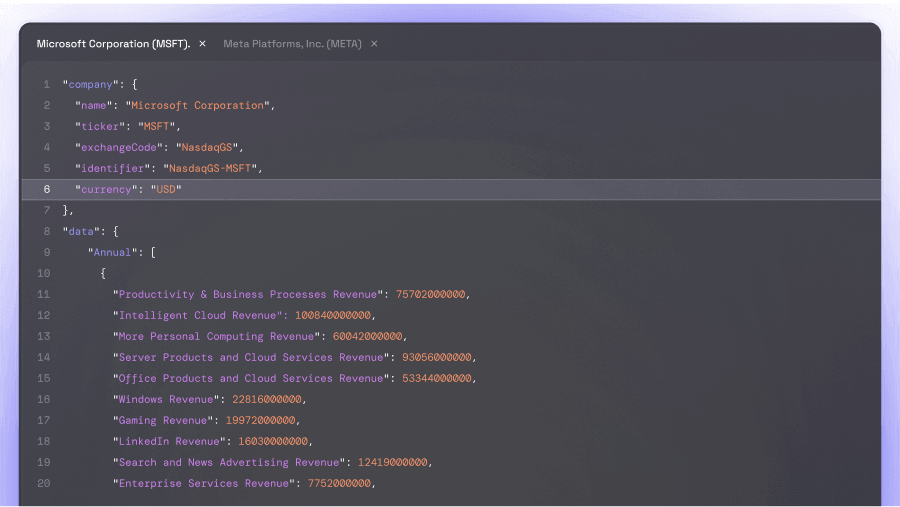### What is Hedera (HBAR)? Hedera is a decentralized public network that aims to enable individuals and businesses to create powerful decentralized applications (DApps). It is designed to be a fairer and more efficient system that eliminates some of the limitations that older blockchain-based platforms face. Unlike most cryptocurrency platforms, Hedera Hashgraph isn’t built on top of a conventional blockchain. Instead, it introduces a completely novel type of distributed ledger technology known as a Hashgraph. This technology could potentially process transactions faster, more fairly, and more securely, making it a suitable choice for large-scale applications. Hedera's native cryptocurrency, HBAR, plays a key role in powering the network. It is used to fuel transactions and applications, in addition to being used as a means to secure the network, since HBARs can also be staked to help maintain the integrity of the platform. For further detailed information and metrics on Hedera, consider looking it up on Eulerpool.
Hedera represents the most frequently utilized, sustainable, enterprise-grade public network tailored for the decentralized economy, enabling individuals and businesses to develop robust decentralized applications (DApps). The network is engineered to be a more equitable and efficient alternative that circumvents several constraints encountered by older blockchain-based platforms, such as sluggish performance and instability. Initially financed through an initial coin offering (ICO) in August 2018, Hedera launched open access to its mainnet slightly over a year later, in September 2019. During the ICO, investors could acquire the platform’s native utility token, HBAR, at the most favorable pricing available. Within the Hedera public network, the HBAR token serves a dual purpose. Primarily, HBAR acts as the fuel propelling Hedera services, including smart contracts, file storage, and standard transactions. Additionally, it contributes to network security, as HBAR users can stake their tokens to aid in maintaining the platform's integrity. Hedera (HBAR) operates as the native cryptocurrency for Hedera Hashgraph, a platform touted as an alternative to conventional blockchain technology, aiming to excel in speed, efficiency, and security. While older blockchains typically employ a consensus mechanism like proof-of-work (PoW) for transaction validation and younger blockchains favor proof-of-stake (PoS), the Hedera Hashgraph system features a custom-built structure tailored specifically for the project. Hedera relies on a PoS model believed to enhance transaction verification efficiency across the network, deliver a high level of security, and safeguard against hacker attacks. Its ecosystem incorporates the underlying hashgraph consensus algorithm alongside a global enterprise governing body. Hedera Hashgraph represents a form of distributed ledger technology (DLT). As per the information on the project website, Hedera distinguishes itself from other blockchains by employing a novel consensus algorithm known as hashgraph. Its design aims to process and execute transactions more swiftly, eliminate delays, and stabilize the transactions per second (TPS) metric. Hashgraph is purported to improve transaction speed, cost, and scalability. Key network services offered by Hedera include: Consensus Service (HCS): HCS allows clients to send messages to the network for orderly consensus timestamping. In this instance, the state is preserved offline, and users can define privacy and access control levels. Hedera Token Service (HTS): HTS facilitates token creation and management for customers, accommodating built-in tokenization. The objective of Hedera’s hashgraph is to enhance transaction speeds. Furthermore, the network is geared towards high-volume activities such as micropayments, data integrity, and tokenization. Similar to the EVM, the Hedera network supports a virtual machine capable of executing smart contracts written in the Solidity programming language. Furthermore, Hedera incorporates a suite of built-in KYC and AML checks. From a technical standpoint, Hedera qualifies as a distributed ledger technology with a unique difference. It uses a hashgraph, a consensus algorithm, in which users agree on the transaction order. Unlike a traditional blockchain, Hedera has its own distinct characteristics and operations. With hashgraph technology, all transaction branches are consolidated, no equivalent block is discarded, and each contributes to reaching a consensus. A notable feature of the network is the Gossip-about-Gossip protocol. As per Dr. Leemon Baird, Hedera's creator, nodes in the system randomly convey data regarding themselves to other nodes via hashgraph using the Gossip protocol. Gradually, all nodes within a cluster become mutually acquainted, leading to the formation of a specific data structure incorporating transaction payloads, timestamps, digital signatures, and hashes linked to preceding structures. HBAR is Hedera's inherent token, powering applications on the Hedera network. It is utilized to cover network services, transaction fees, in-app payments, and micropayments. Developers can settle network fees using HBAR tokens, specifically when engaging in smart contracts, file storage, and currency exchange activities. HBAR also serves as a motivator and compensatory means for network nodes. Hedera Hashgraph is distinguished by its decentralized governance system. All crucial decisions concerning pricing policy, software updates, and asset management are determined by the Governing Council.














